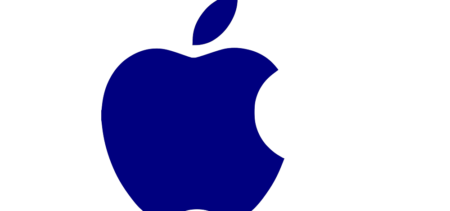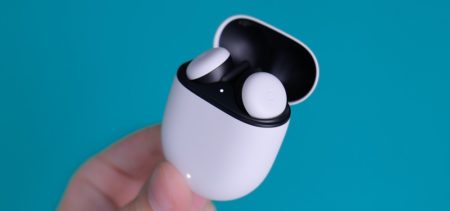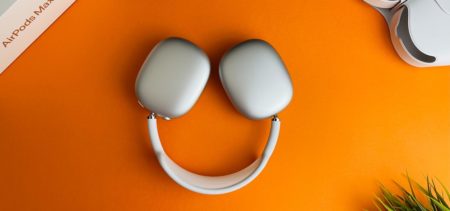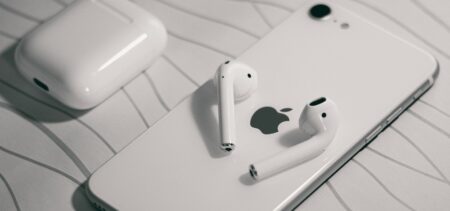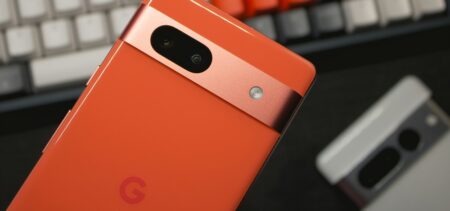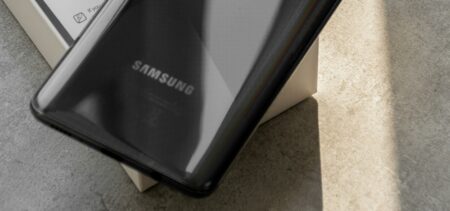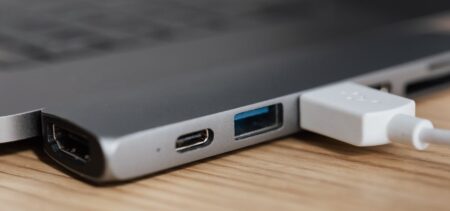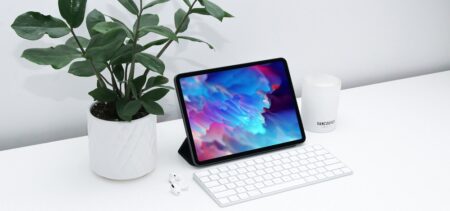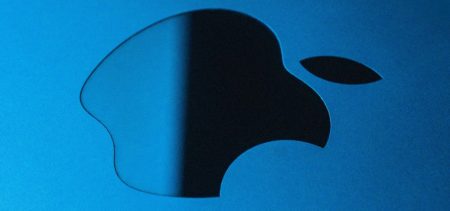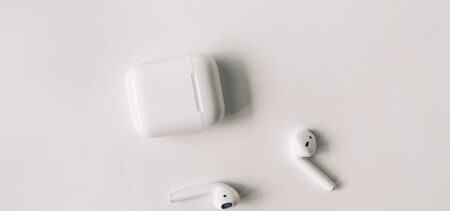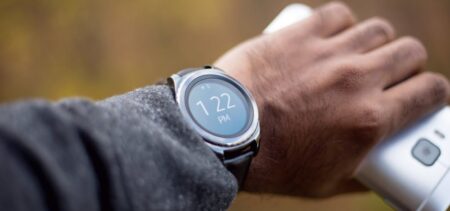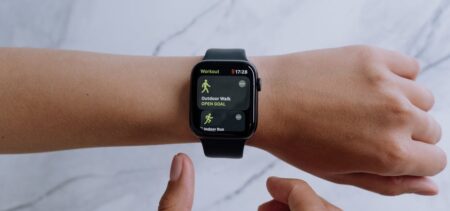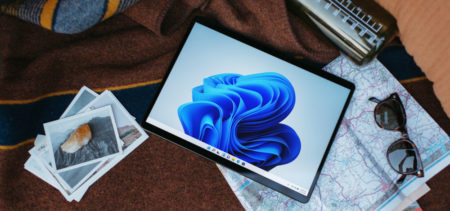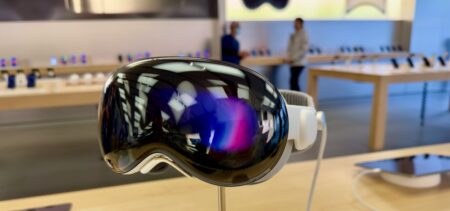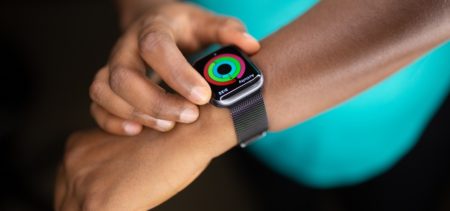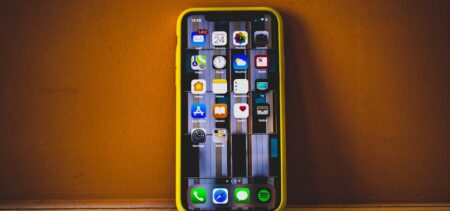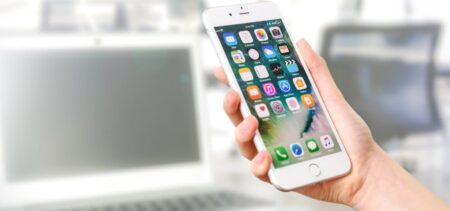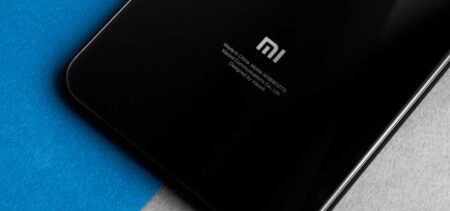While they’re not as big as cellphones yet, wearables devices are steadily establishing their place on the market. According to the International Data Corporation (IDC) Worldwide Quarterly Wearable Device Tracker, 125.5 million wearable devices will be shipped in 2017, 20.4% more compared to the 104.3 million units shipped in 2016. IDC also predicts that the wearables market will nearly double by 2021, reaching a total of 240.1 million units shipped. Apparently, even Warren Buffett is convinced of the devices’ potential. Back in February, the philanthropist invested in Richline Group, which is set to launch a new line of digital-enabled jewelry called Ela.
We already know that wearables such as smart watches and fitness trackers are becoming an integral part of consumers’ lives, but what about your employees? Could implementing a wearable device-based strategy benefit your bottom line? The figures seem to suggest so. However, each new technology has its skeptics. Can you find a balance and collect just enough data to get actionable insights without crossing into Big Brother territory? Read on to find out.
Wearables are taking the B2B world by storm
Wearable devices have great potential when it comes to complementing and facilitating employees’ day-to-day work. It’s easy to imagine how a highly portable, always-on, connected device can help employees – from memos, to quick alerts and time tracking. And these are just the basics – imagine what specialized devices could do for various business models.
Tesco used armbands to track the goods its workers are gathering, allot tasks to the wearer, forecast his completion time, and quantify his movements among the facility. The retailer implemented the devices in 2004, and between 2007 and 2012, the number of full-time employees required to run a 40,000-square-foot store dropped by 18%.
Remember Google Glass? This gadget entered the consumer market a few years ago, but disappeared just as quickly as it came out. Consumer reception was lukewarm at best, and the device was regarded as a simple novelty. Google is relaunching the device and this time it’s aimed at businesses, not gadget enthusiasts. Glass Enterprise Edition delivers customized solutions for businesses and it’s designed for longer wear. Reportedly, companies like GE, Volkswagen, Boeing, and DHL are already using the device. GE Aviation’s mechanics can now get instructions right in their line of sight, without having to stop and check any documentation. This ensures a steady workflow and ends up saving employees valuable time.
It’s not just employees that could wear the devices. The healthcare industry could benefit greatly by using smart wrist bands to closely monitor their patients’ state and have easier access to their records.
So what can you use them for?
Like most mobile technology, wearables are meant to be highly customizable and apply to a myriad of use cases. What benefits could you look forward to if you decide to invest in these devices?
- Improved communication
This perk is probably the most obvious one, but wearables can truly improve communication compared to cell phones. Employees can’t misplace or leave them anywhere, since they’re literally strapped to their bodies. Furthermore, such devices display alerts in a much more accessible way, while phones may require sliding the screen, entering a passcode or password, opening an app, and so on. They deliver the message instantly, without creating unnecessary steps or distractions.
- Personal health management
Many consumer wearables are aimed towards health and wellness, so it only makes sense that enterprises also use them for this purpose. Devices like the FitBit can be used to track the employees’ level of activity during the day, how much sleep they’re getting during the night, how much they work out, and more. The Zensorium Being takes this idea even further by tracking stress, calories, heart rate, and awake periods, as well as REM and NREM sleep cycles.
Employees can be motivated to use these devices through various programs. Challenges, for example, can encourage workers to stay healthy by competing to reach various goals and win prizes. These goals can be related to any physical activity, from taking a certain number of steps per day over a certain period, running a certain distance, or even to the lack thereof – sleeping at least 8 hours per night, for example.
- Improving time management
You can’t always keep track of what your employees are doing and seeing whether it’s the most efficient way to do it. However, with wearable technology, workers’ movements and actions can be easily tracked and improved. Tesco’s previously-mentioned use case is a perfect example of how a company can streamline their employees’ tasks and a facility’s operations as a whole. Employees can also use the devices to track and manage their time themselves, of course.
- Improving workplace security
Devices like lanyards are already being used to grant employees access to secured areas. Devices such as smart glasses and watches could make it easier to grant privileged access only to certain employees, based on their clearance level and department. This eliminates the need for passcodes and the huge security risk created by employees jotting them down to remember them.
What are the downsides of wearables?
Like any new technology, wearables have not been embraced enthusiastically by consumers across the board. The main problems they could pose are related to employee privacy and data security. Here’s a breakdown of the issues you might run into while implementing a wearable program.
- Employees are still skeptical
You’re not the only one unsure whether wearables are a good idea. Your employees might be hesitant, too, due to privacy concerns. A PwC survey revealed that only 45% of people do not trust their employer to use the data they collect to benefit the employee. However, the same study found that 25% of those people would be willing to share their data if they were given an incentive. So while you might have some convincing to do, whether it’s offering increased pay, flexible hours or other perks, it’s safe to say that there is some leeway.
Age can also play a factor in the adoption of enterprise wearables. As you’d expect, millennials are the most open to new technologies in the workplace and the most likely to share their data with their employer. PwC also asked the respondents whether they would be willing to have a chip fitted – one of the most controversial practices introduced in recent years. Surprisingly, 1 in 4 people would be open to the idea of a chip if it could be used as a passport, health tracker, or in money transactions. No word on whether they would have it fitted for work-related purposes. However people over 55 are less enthusiastic about the devices – 70% straight up rejected the idea.
- You have to safeguard the data you collect
If you decide to track your employees’ wellness, for example, you’ll be collecting highly personal data. Like any sensitive information, you need to safeguard it. Until you have a solid data protection in place, you shouldn’t start collecting your employees’ data. Otherwise, in case of a breach, your workers would most likely opt out of any program and your reputation among staff will most likely be tainted for the foreseeable future.
- The data you get might be inaccurate
Wearables are a new technology, especially when it comes to tracking movements. This technology is prone to errors and can be confused quite easily. For example, a 2016 study by California State Polytechnic University-Pomona found that Fitbit’s heart rate tracking sometimes misread beats per minute by more than 15 beats. The study also found that the tracker was especially prone to errors during moderate to high intensity exercise.
Under these circumstances, the devices could still be used for internal competitions between employees, but the data wouldn’t provide any real insights into employees’ health. Still, this study only covered the Fitbit Surge and Charge HR fitness trackers, so chances are that other devices might deliver more accurate data.
Are they right for your company?
All in all, you need to take into account both the pros and cons of using wearables, as well as your company’s particular needs. Do your employees work in a high-stress field? Is their day-to-day work physically demanding? Do they work atypical schedules such as the night shift or 12/24 shifts? Then you might benefit from a wearable-based wellness program.
Do you think your employees’ work could be more efficient? The improved communication and time management, coupled with the tracking features, make wearable devices a great tool for identifying time-wasting activities and inefficient processes.
Furthermore, as previously mentioned, you need to consider whether your systems are secured well enough to keep the collected data safe. Otherwise, not only are you compromising your workers’ privacy, but you’re also risking severe reputational damage, a significant morale drop, and even litigation. You need to balance the benefits such devices will bring you with the risks you’re exposing your business to.
Could wearables benefit your business? Definitely. However, the extent depends on your implementation and expectations. You probably won’t get any significant insights into your employees’ health, but right now they’re a great motivator and time management tool.


